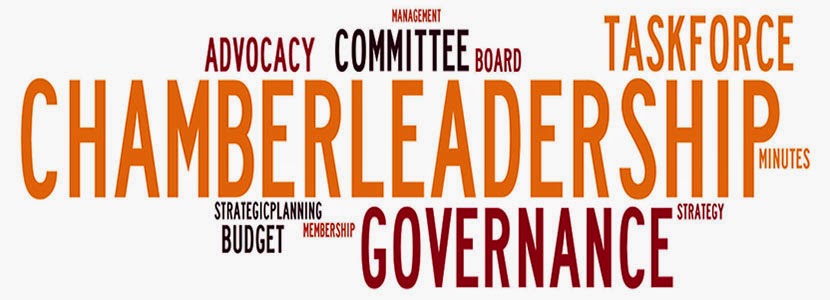There
have been many articles written on the on-boarding process for new board
members - just Google it!
The
following three steps can help ensure your next board orientation is a success.
- Official Board Orientation Meeting
- Official Board Orientation Book
- Official Board Role and Program Review
Official Board Orientation Meeting
It's
important to have a formal meeting to get the attention of your new board
members. It has been suggested to hold it prior to their first official
board meeting. You might want to have your board chair and any other key
board members attend too.
Official Board
Orientation Book
I
think it's important to have a collateral piece that you review in your
orientation meeting and something they can take back to the office. I
would suggest you spend some time on creating a professional document that
outlines the expectations of board members. It should be more than just a
board member job description.
Official Board Role and Program
Review
It's
important to review the fiduciary responsibility of the board as well as your
current committee structure. It's also important that they understand the role
of the board vs the role of staff.
While
I don't suggest you get in the weeds with all the programmatic aspects of your
chamber you should identify, at the 30 thousand foot level, your membership trends, advocacy, leadership program, annual meeting, and Foundation work, if you have one.
Set
the expectations up front, deliver a great board orientation and your board
members will be thankful.
For a great resource on nonprofit boards from The Bridgespan Group go HERE.
For a great resource on nonprofit boards from The Bridgespan Group go HERE.

